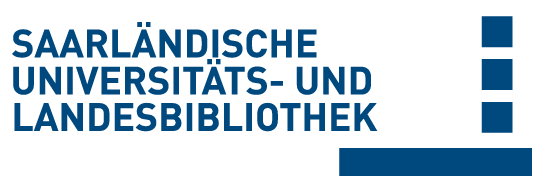Please use this identifier to cite or link to this item:
doi:10.22028/D291-46289 | Title: | Water-Induced Transparency Loss in Styrene Butadiene Block Copolymers: Mechanism, Morphology, and Predictive Modeling |
| Author(s): | De Vrieze, Jenoff E. Verswyvel, Michiel Ghulam, Kinza Y. Niebuur, Bart-Jan Kraus, Tobias Gallei, Markus Niessner, Norbert |
| Language: | English |
| Title: | Macromolecules |
| Volume: | 58 |
| Issue: | 15 |
| Pages: | 7673-7685 |
| Publisher/Platform: | ACS |
| Year of Publication: | 2025 |
| Free key words: | Absorption Diffusion Materials Optical properties Polymers |
| DDC notations: | 500 Science |
| Publikation type: | Journal Article |
| Abstract: | Water-induced transparency loss in styrene−butadiene block copolymers (SBCs) has been investigated under a variety of conditions. Consistent with earlier work on homopolymers, the opacity after prolonged water exposure is expected to be caused by water clustering, which results from stronger water−water than water−polymer interactions. The water clusters distort the surrounding polymer matrix, causing local changes in the refractive index. It was found that the hard phase has only a minor contribution to the transparency loss, while the rubbery phase appears to be the major contributor. However, the loss of transparency was found not to be directly proportional to the volume of the soft phase, and a significant effect of the block copolymer morphology was observed, which was confirmed by a series of transmission electron microscopy and SAXS measurements. This effect is particularly evident in the transition from a continuous hard phase through a co-continuous morphology to a continuous soft phase. The acquired insights were subsequently used to predict long-term optical performance in SBCs to provide a tool in product development. Loss of transparency predictions was proven to be adequate through a classical regression-extrapolation approach using a limited data set, accurately simulating performance beyond 2600 h exposure time using only 600 h of measurement time. Additionally, it was shown that artificial neural networks could provide a solid tool in predicting performance even prior to synthesis, granted that the selection of descriptors is complete and the appropriate amount of data is supplied with a proper spread over the descriptor space. |
| DOI of the first publication: | 10.1021/acs.macromol.5c01354 |
| URL of the first publication: | https://pubs.acs.org/doi/10.1021/acs.macromol.5c01354 |
| Link to this record: | urn:nbn:de:bsz:291--ds-462892 hdl:20.500.11880/40577 http://dx.doi.org/10.22028/D291-46289 |
| ISSN: | 1520-5835 0024-9297 |
| Date of registration: | 17-Sep-2025 |
| Description of the related object: | Supporting Information |
| Related object: | https://pubs.acs.org/doi/suppl/10.1021/acs.macromol.5c01354/suppl_file/ma5c01354_si_001.pdf |
| Faculty: | NT - Naturwissenschaftlich- Technische Fakultät |
| Department: | NT - Chemie |
| Professorship: | NT - Prof. Dr. Markus Gallei NT - Prof. Dr. Tobias Kraus |
| Collections: | SciDok - Der Wissenschaftsserver der Universität des Saarlandes |
Files for this record:
| File | Description | Size | Format | |
|---|---|---|---|---|
| de-vrieze-et-al-2025-water-induced-transparency-loss-in-styrene-butadiene-block-copolymers-mechanism-morphology-and.pdf | 8,9 MB | Adobe PDF | View/Open |
This item is licensed under a Creative Commons License


